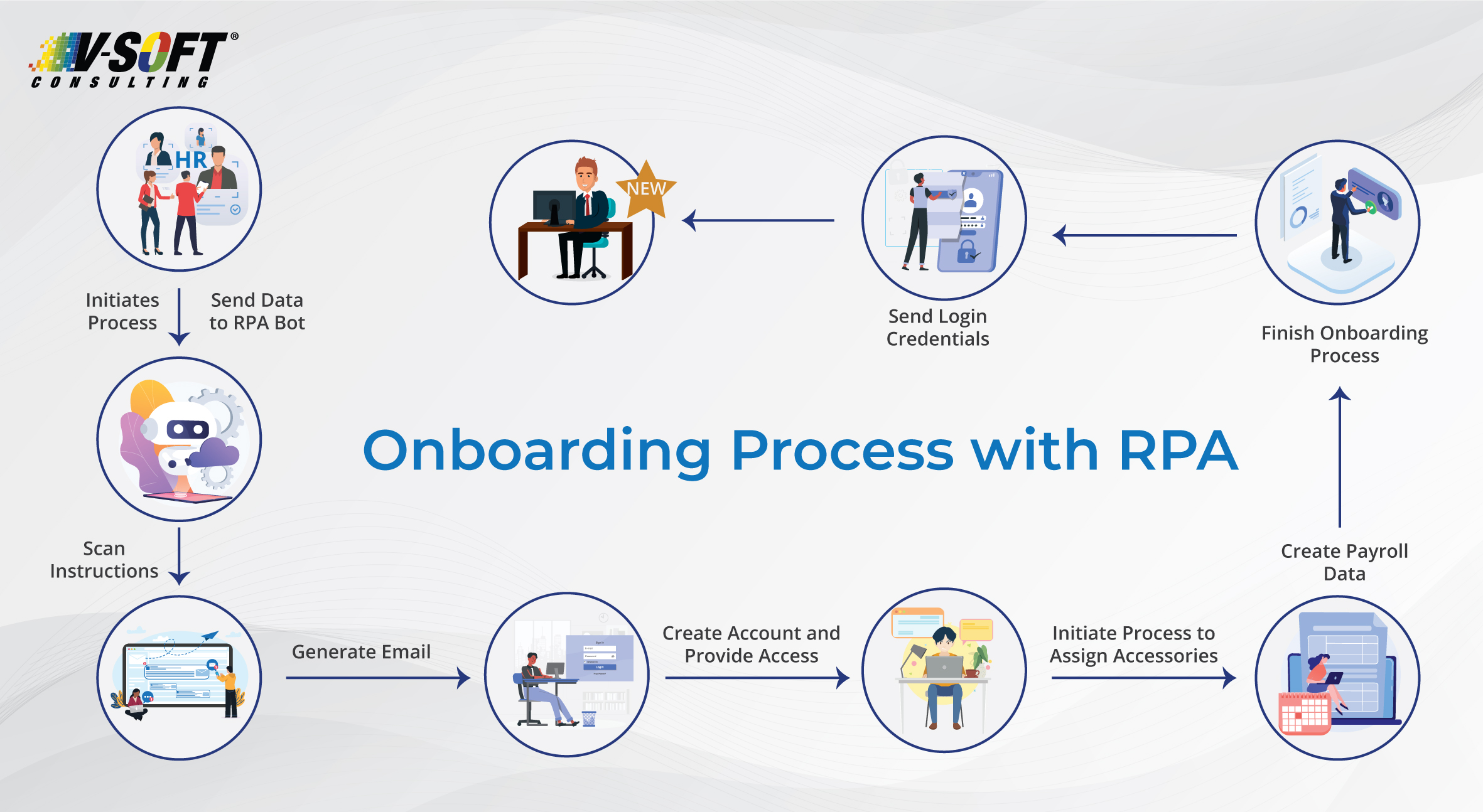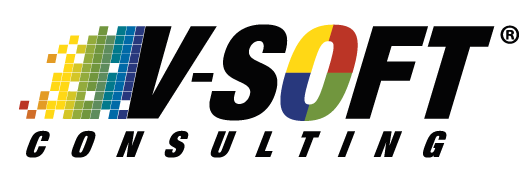In Today’s fast-paced business landscape, it is crucial to create efficient onboarding for new talent and smooth offboarding of departing employees. These HR processes are critical for maintaining productivity, security, and compliance within your organization. However, they come with their own set of challenges, which is why it is vital to improve HR processes.
Robotic Process Automation (RPA) is a powerful technology that has been reshaping the way businesses manage crucial HR functions. In this blog, we will address onboarding and offboarding challenges and explore the significance of RPA in simplifying them.
The Challenges of Onboarding and Offboarding
Onboarding and offboarding are fraught with challenges. Let’s take a look at the most common challenges.
- Complex Paperwork: Traditional onboarding and offboarding processes involve a significant amount of paperwork, which can be overwhelming, time-consuming, and error prone.
- Repetitive Tasks: HR teams stuck in repetitive and mundane tasks which could be easily automated, allowing teams to focus their shift on more strategic activities.
- Inefficiencies and Delays: Manual onboarding and offboarding processes are slow, tedious, and error-prone, which leads to delays and inefficiencies that impact on the overall productivity of the department.
- Security and Compliance: Data security is crucial during the onboarding and offboarding processes. Failure to carefully supervise can lead to security compliances, data breaches, and cybersecurity threats.
Apart from the above, there can be some minor challenges which can affect the onboarding and offboarding processes. The problem arises when these processes have to be done remotely. That’s where RPA comes into play by helping you avoid these challenges and streamline the processes.
Robotic Process Automation: The Game Changer
RPA is a powerful solution to onboarding and offboarding challenges. RPA leverages bots to simplify these processes. RPA bots can automate repetitive manual tasks, freeing up the workload from the HR team, allowing organization to achieve accuracy, greater efficiency, and scalability. By automating the onboarding process, RPA ensures improved employee experience. Let’s take a look at how RPA bots are helping companies revolutionize these processes.
Onboarding with RPA
RPA employs bots to automate workflows and repetitive tasks during the onboarding process. Let’s learn more about how it helps.

1. Check Overdue Tasks
Overdue tasks often lead to inconsistency, and it is important to finish the incomplete tasks. An RPA bot can scan the onboarding checklists to identify missing tasks and notify the HR team. This helps prevent compliance issues.
2. Mass Hiring Data
When organizations do mass hiring, it can turn into a nightmare for the HR department without an integrated human resources information system (HRIS). However, RPA bots can help by uploading a large number of new hires data in a single go, saving time, and allowing employees to focus on more important tasks.
3. Initiating Onboarding Process
A new hire needs essential items to start off the work such as an ID card, laptop, headphones, and other gears. RPA efficiently handles and meets all data entry needs in the target system to initiate these processes.
4. Creating User Account
Onboarding systems are often integrated with other systems. Creating a new user account is a crucial part of the process as it allows the user to access other systems. RPA bots scan for new hire information, set up company accounts and update the onboarding system, saving time for both HR and IT departments.
5. Processing Payroll Data
Payroll data of new hires is essential to effectively manage their compensation and requires inputting their banking details in the system. RPA bots can read specific forms and automatically enter data in the payroll system, eliminating the need for payroll administrators to enter the data manually and preventing the risk of data entry errors.
Offboarding with RPA
The offboarding process is tedious too, from notification to clearance, there are many aspects to take care of. With RPA, companies can optimize and automate the offboarding process, reduce manual intervention and minimize delays. Let’s take a look.

1. Access Management
Disabling access is crucial for the offboarding process. RPA helps automate the process of revoking access rights across multiple platforms and systems, deactivate email accounts, change passwords, disable network access, and remove user permissions to ensure there are no access points that remain vulnerable. Additionally, RPA will set up automatic email forwarding for inactive email accounts.
2. Data Security
When an employee departs, safeguarding employee data is important. Organizations can leverage RPA to effectively automate the data cleaning process. RPA bots erases or archive employee files and emails to ensure that sensitive information remains confidential.
3. Asset Recovery
When an employee leaves the organization, it is necessary to recover company assets such as laptops, mobile phones, access cards, ID cards, and other gears. RPA bots initiate asset return process, keeps track of the returned items, and send reminders to employees to facilitate timely recovery of company property.
4. Documentation and Compliance
RPA ensures that all the important documents and agreements should be completed and stored securely before an employee leaves. It generates exit interview forms and handles non-disclosure agreements.
Conclusion
Robotic Process Automation (RPA) is transforming the way organizations manage onboarding and offboarding processes. It streamlines HR processes, automates paperwork, ensures security and compliance, reduces costs and enhances overall efficiency contributing to a more agile organization.
At V-Soft, our team of experts are ready to assist you. Explore how we can assist you in leveraging RPA for your specific business requirements.















